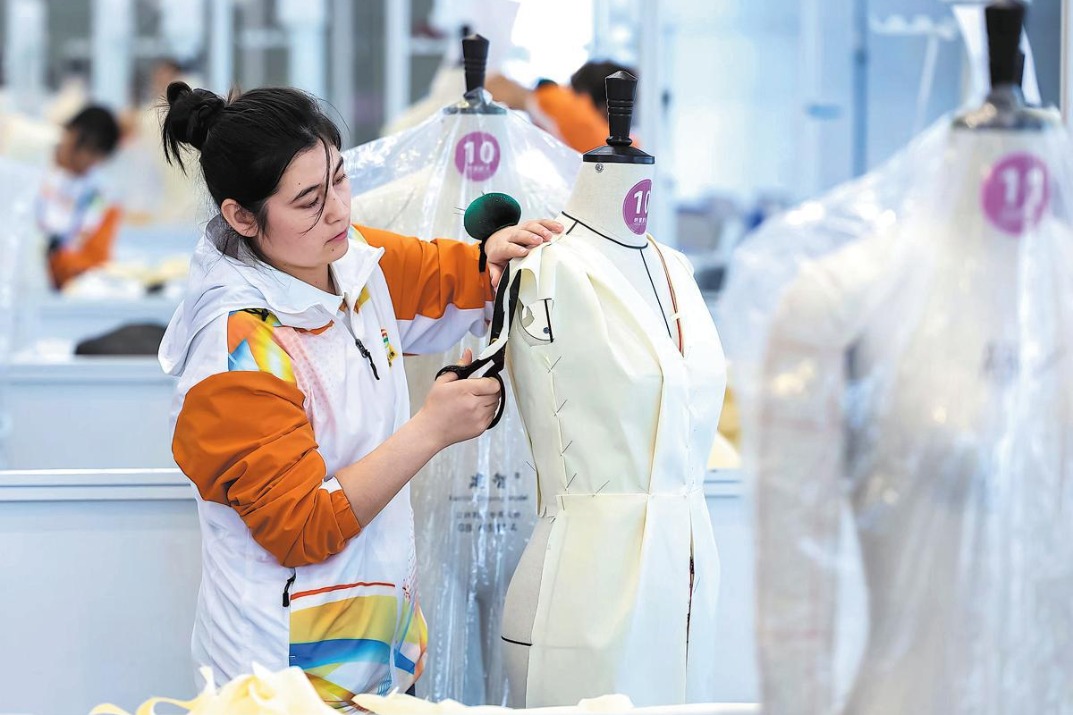A cup to remember
Author seeks to simplify the world of Chinese ceramics for his readers by explaining the art, design and techniques involved, Yang Yang reports.

In 2014, a Chenghua jigangbei, or "chicken cup", created in the Ming Dynasty (1368-1644), was auctioned for HK$280 million ($36 million) at Sotheby's in Hong Kong. In addition to its high price, the widely published photo of its collector, Liu Yiqian, sipping from the piece, the "holy grail" of Chinese ceramics, got people excited.
When people see "chicken cups" at museums, they cannot help asking guides why one sold for such a high price or whether it was just a "rich people's game".
When the guides try to explain the value of such items to tourists, they often emphasize the technique of doucai (literally meaning "colors that fit together"), which was difficult to achieve in the 15th century.
But for Tu Ruiming, author of Guci Zhi Guang (Light of Ancient Chinese Ceramics), which was recently published, rather than its price or technique, the appreciation of the Chenghua "chicken cup" should go back to the real value of the ceramic, that is, its beauty, as he writes in the book.
With a discussion of the painting on the cup, an introduction of the doucai technique, the description of its delicate form, and the narration of legends about it, Tu uses plain and vivid language to help readers appreciate this masterpiece, as he does with the other 76 representative ancient Chinese ceramic pieces in the book.
In 1999, after graduating from university, Tu became a civil servant in Nanchang, Jiangxi province. In 2006, Tu fell in love with tea and purple clay teapots. In 2007, to find good tea cups, Tu started reading a lot of books about ceramics and going to Jingdezhen, China's "porcelain capital", to buy various kinds of ceramic products.
As he learned more about ceramics and bought many items, he started an online store in March 2008 to sell the items he did not want to keep. In 2009, the monthly sales surpassed 10,000 yuan ($1,500) and Tu decided to quit his job to focus on ceramics.
"Because of the online store, I have a profound understanding of ceramic culture, techniques and the industry. The traditional ceramic technique developed, but a craftsman's life was hard. They deserve better understanding and recognition, which is why we started our business," Tu writes in a blog post. "We try to bring traditional aesthetics and craftsmanship into modern life."
As well as running the business, Tu also learned to make ceramics, which helps him to better understand the craftsmanship involved. In 2016, he published his first book, Zhici Biji (Notes on Porcelain Making), allowing readers to see the production process of porcelain items and the stories behind them.
In 2018 and 2019, Tu published another two books about ceramics, one about the history of China's porcelain development, and the other about the 100 classic ornamental examples of Chinese porcelain. In the new book, Guci Zhi Guang, Tu presents 77 representative ancient Chinese ceramic items in chronological order. By discussing their forms, colors, materials, technique and historical background, Tu tries to provide "an angle for ordinary people to appreciate the beauty, function and roles of these ceramics".
Tu previously tried to look for books from this perspective, but failed to find any. Ancient people seldom talked about porcelain, while contemporary books about ceramics are full of boring terms and abstract concepts, Tu says.
"So I would like to talk about the ceramic pieces one by one. In this book, I choose 77 items, which, I think, best represent the aesthetics of Chinese ceramics, and I talk about how to appreciate them and the stories behind each piece," he says.
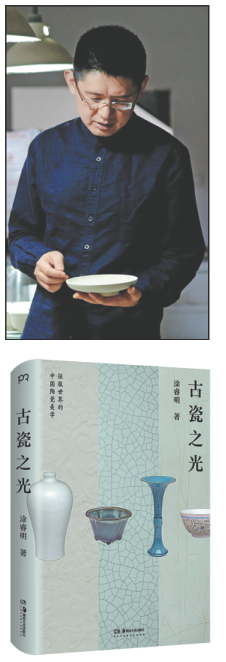
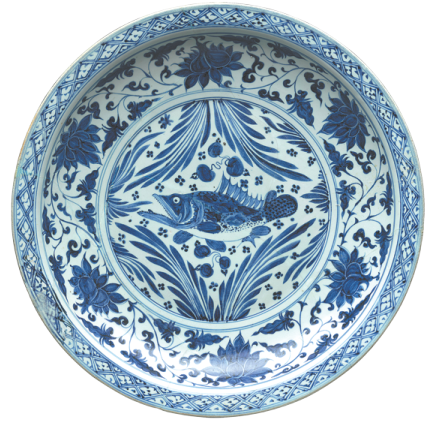
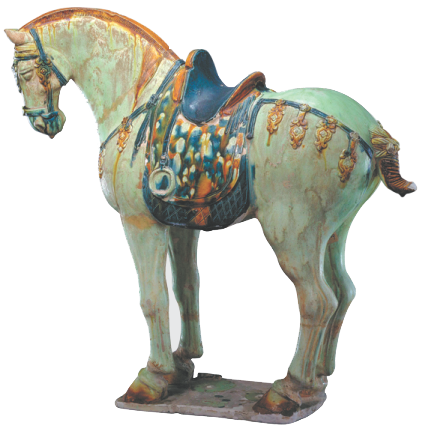
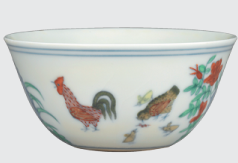
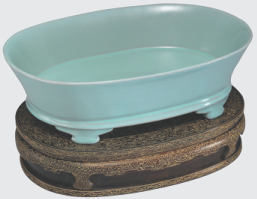
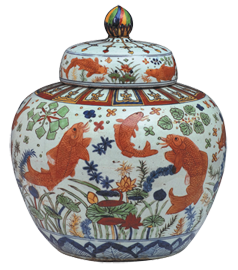
Today's Top News
- Analysts: China not necessarily relying on Nvidia for chips, ecosystem
- Beijing, Berlin eye productive relationship
- Para-games show commitment to inclusion
- HK election hailed as a milestone for democracy
- Mind the financing gap in infrastructure
- Is embodied AI hype or hope?


















